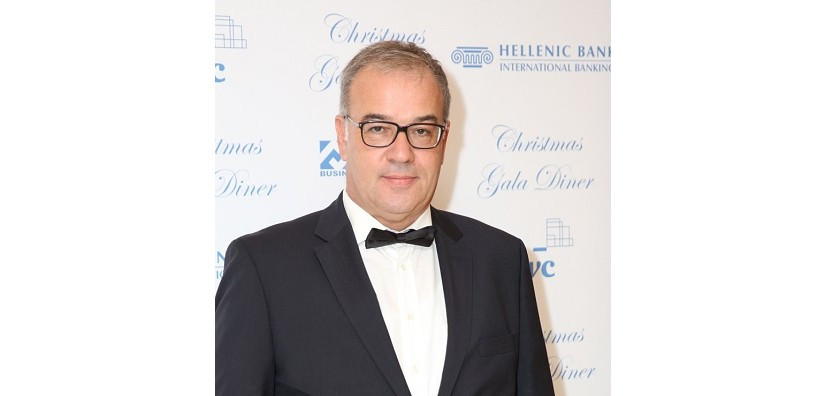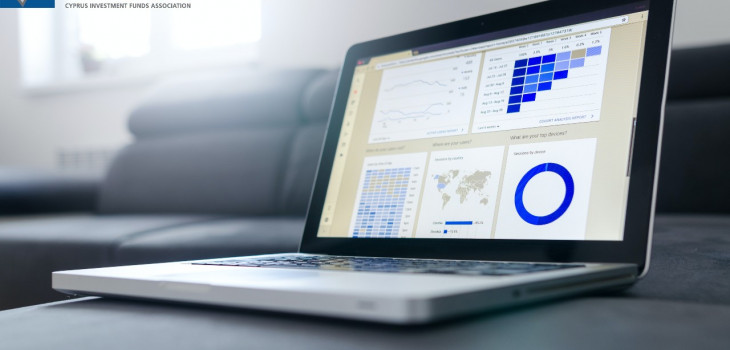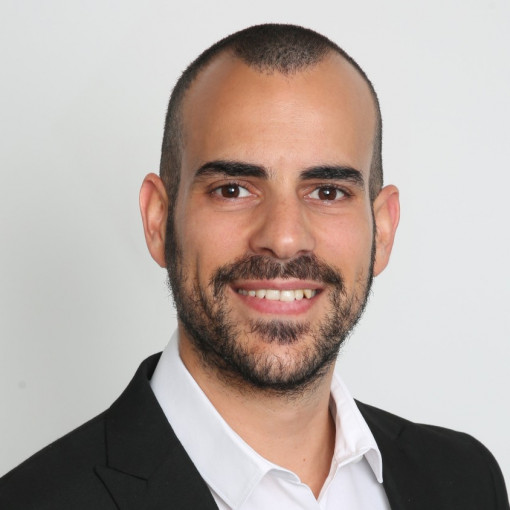
SPACs – Increasing Sponsoring Investment from PE and VC Firms and Funds
SPACs, Special Purpose Acquisition Companies, are shell companies that raise public funds through an IPO with the target to take a private company public through a merger. SPACs are formed by SPAC founders, who are providing the required pre-IPO sponsor funds to cover costs and expenses, typically in the range of USD 8 to 20 million, depending on the size of IPO. After the IPO, SPAC founders are holding 20% of a SPAC’s publicly listed shares.
SPACs founders are typically industrial insiders and veterans, who often provide at least a part of the required sponsor funds. External investors often participate as co-sponsors and thus become SPAC founders (shareholders) as well. Co-sponsors’ engagement typical varies between USD 500,000 and 10 million.
SPACs raise public funds from mainly institutional IPO investors during a one-day IPO, typically on Nasdaq. The IPO proceeds remain on a trust account and can only be used for the acquisition of a company. As SPAC IPO investors have the right to redeem their shares and to get their funds back prior to an acquisition, SPACs easily raise public funds during the one-day IPO in the range of USD 100 to 500 million and more. During the period 1st Jan 2021 to 16th Jan 2022 alone, a total of USD 166.643 billion public funds has been raised through SPAC IPOs.
Legally, SPACs have 24 months to announce a proposed acquisition or to finalize an acquisition, depending on their prospectus. This period is often shortened by the SPAC founders to 12 – 18 months, to make a SPAC more attractive for IPO investors, based on current market conditions.
SPACs typically acquire a company with a valuation of three to five times of their IPO proceeds on trust account. This is possible by issuing new listed SPAC shares and doing a share swap with the selling shareholders. Consequently, the selling shareholders typically remain majority shareholders after the merger. Additionally, PIPE investors come in shortly before an acquisition to provide more cash. All money on trust account and from PIPE investors that has not been used for the acquisition, for example as cash pay-out to selling shareholders, will become available as operation or working capital to the post-merger company.
While the offering price of SPAC shares is almost always USD 10.00, SPAC sponsors and SPAC IPO investors receive one ‘unit’ consisting of one share and one warrant for each 10 Dollars invested.
Warrants may be full-share warrants or fractional warrants. IPO investors’ shares are redeemable at any time, however, the shares held by SPAC sponsors are restricted, typically to six to twelve months after the merger.
In addition to the units, SPAC sponsors receive one to three pre-IPO founder shares, depending on the planned IPO size. The average of pre-IPO SPAC founder shares provided to SPAC sponsors is around three. In that case, sponsors are tripling their engagement on the day of IPO, held in form of equity. That means basically that the sponsors acquire one 10-Dollar-share for the price of USD 3.33. The warrants received with the units convert to equity if the combination’s stock price exceeds USD 11.50, further magnifying sponsors’ potential gains.
Therefore, SPAC sponsors are sometimes scrutinized for being always on the sunny side of a SPAC.
This enormous potential gain is one of the reasons why more and more private equity and venture capital firms and funds, as well as asset management firms, do provide sponsor capital to pre-IPO SPACs. The only difficulty for PE and VC firms and asset management firms is to become aware of opportunities for SPAC sponsoring, because SPACs “in the making” are not publicly accessible. The first publicly accessible information worth to look at is the prospectus (‘S-1’) filed with the Security Exchange Commission in Washington, but SPACs do already have their sponsor commitments secured at that stage.
Additionally to co-sponsoring, more and more private equity, venture capital and asset management firms and funds are setting up their own SPACs as an exit strategy for their portfolio companies.
PE, VC and asset management firms often prefer to get invested in SPACs as pre-IPO sponsors, instead of directly investing into private companies, for various reasons.
The lock-up period for restricted founder and sponsor shares is typically around two to three years, while the lock-up period for direct investments in private companies is often much longer.
Another advantage is the clear pricing of SPAC shares and the certainty that a SPAC will actually raise substantial public funds. Investing in private companies through a SPAC as sponsors allow for larger acquisition targets and for targets in industries that the statutes of PE, VC and asset management firms would prohibit.
Furthermore, SPACs provide greater liquidity certainty for sellers who hold SPAC equity in a transaction, as compared to an illiquid interest in a private portfolio company.
As already in 2021, PE, VC and asset management firms are expected to continue driving SPAC growth in 2022, too.




